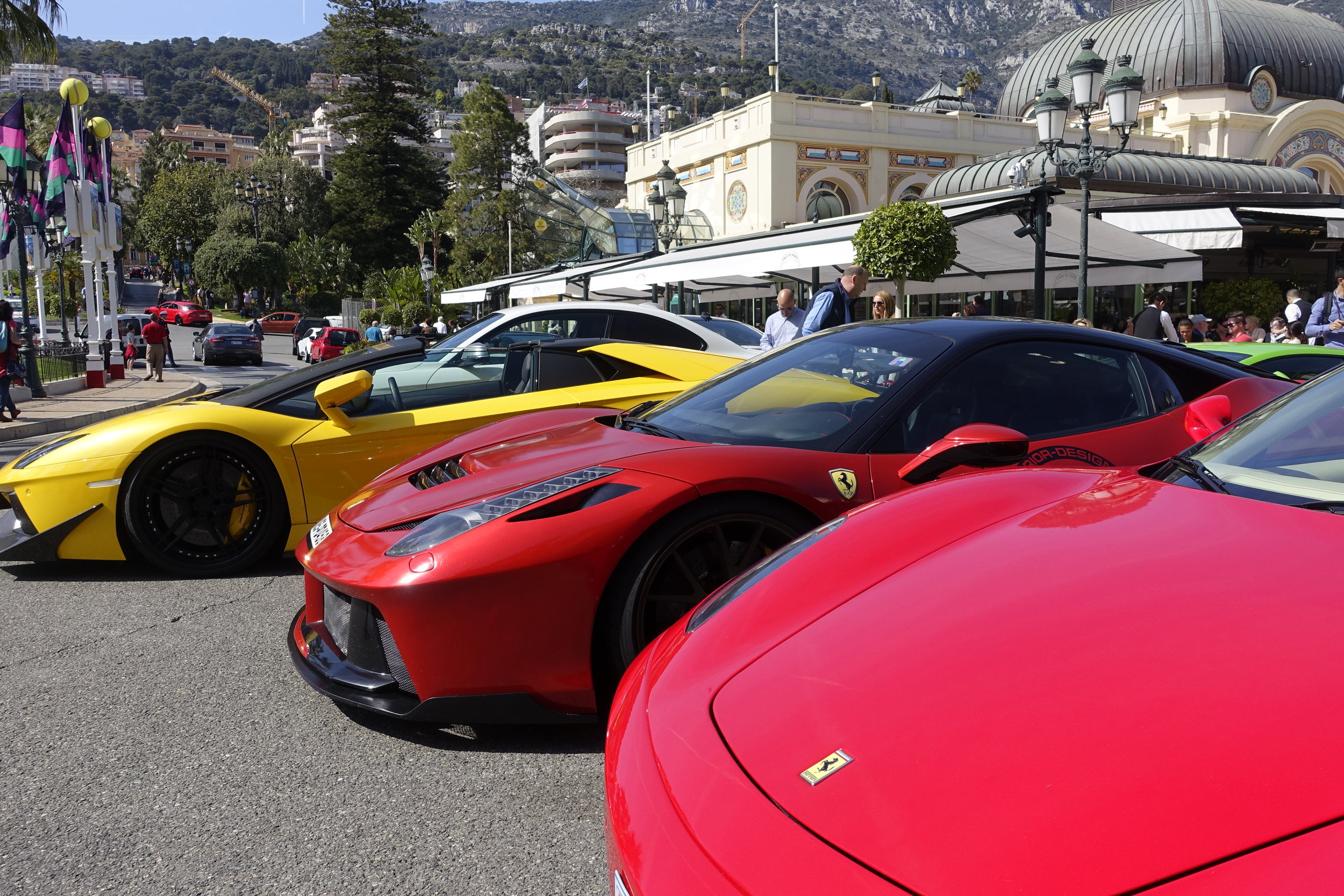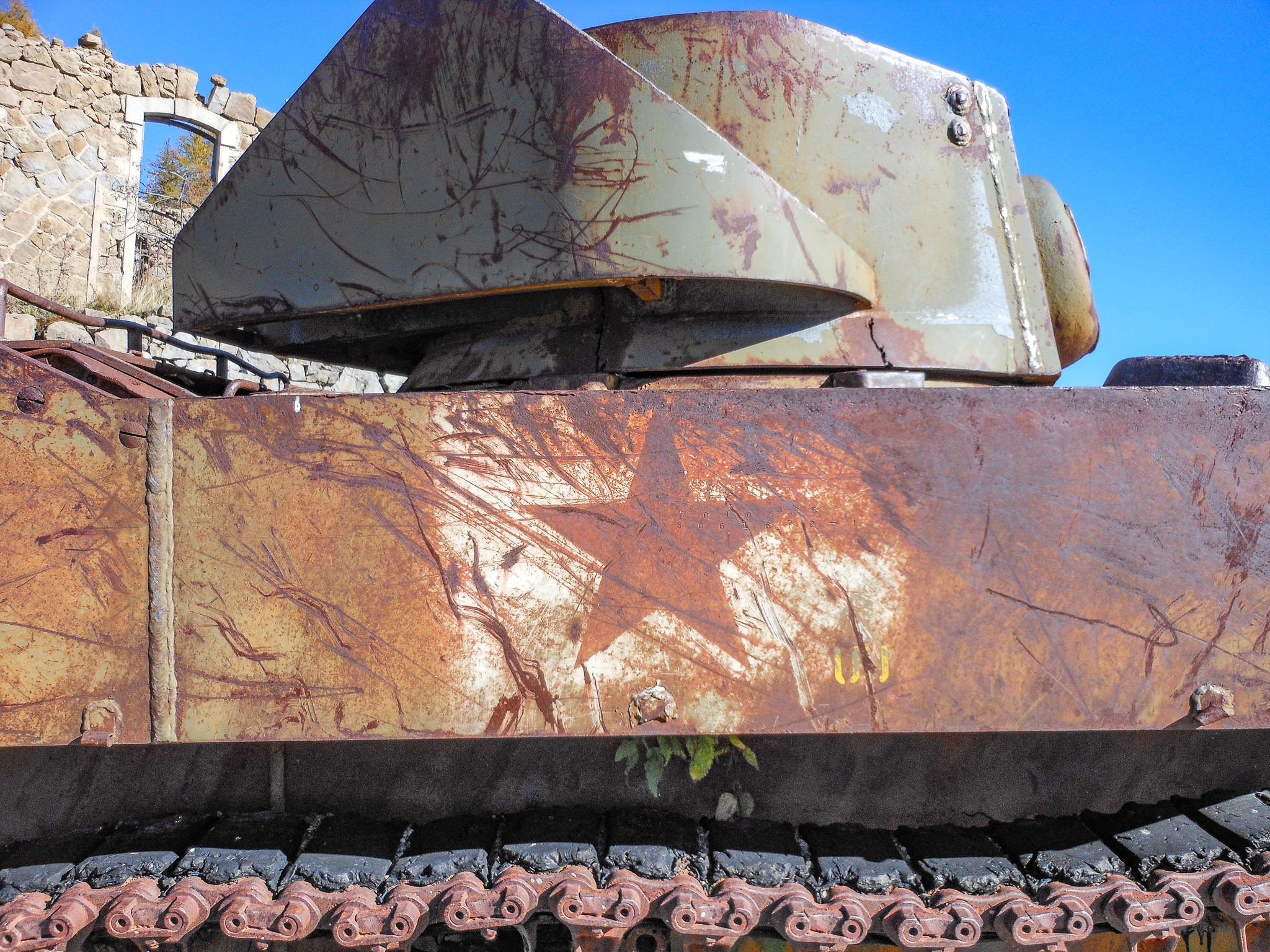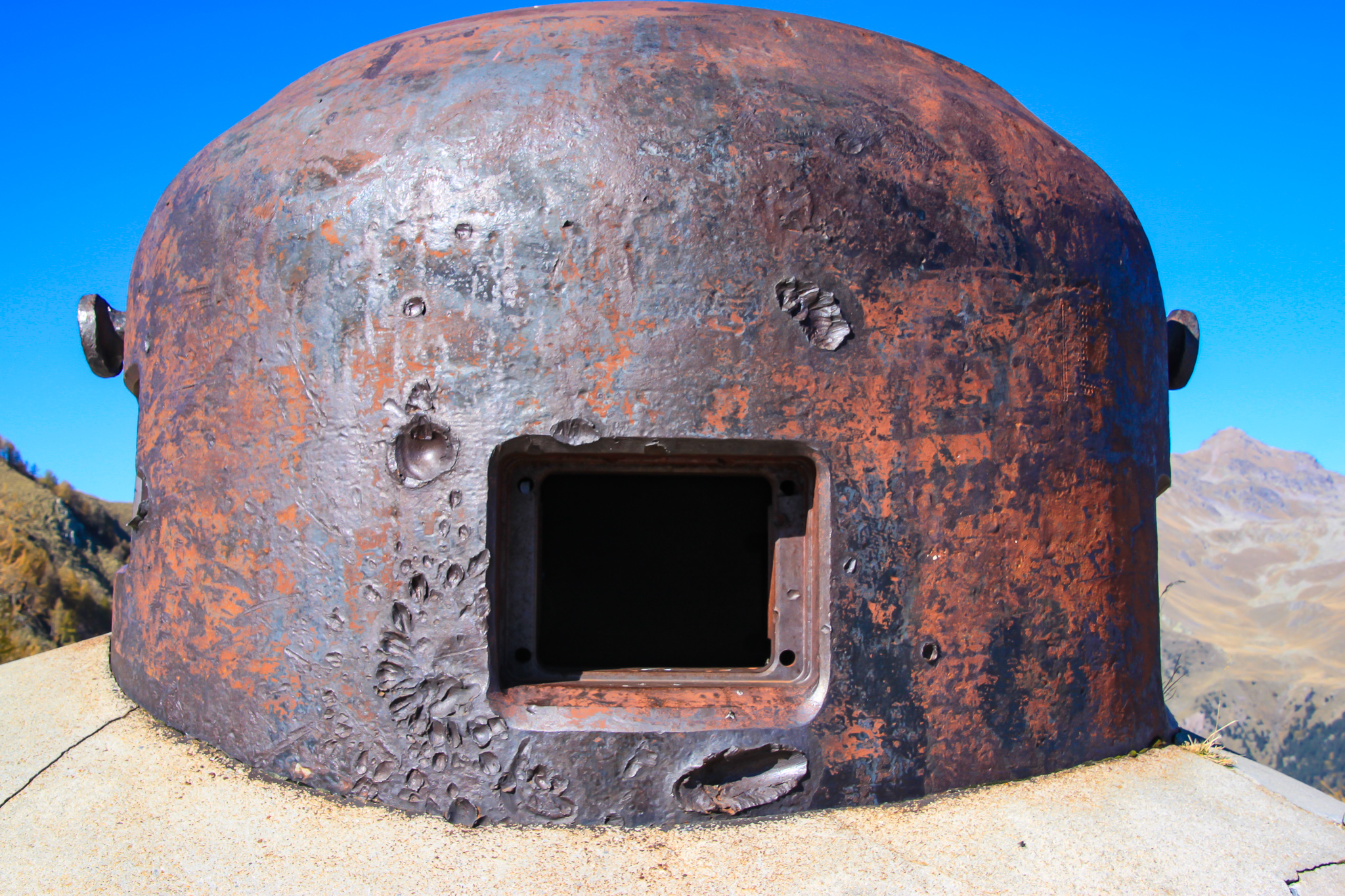COAST TO COL
The famous casino of Monte Carlo.
Monaco has always nurtured a reputation for being a tad off-the-wall; today, as I wind leisurely down Avenue des Spelugues, it appears to have surpassed itself. Cheek by jowl along Boulevard du Larvotto crowds of photographers jostle for a snap of what I believe to be an oligarch’s latest accessory: a lime-green Lamborghini howling like Cerberus straining at his chain. Though even this is almost lost amongst the cacophony, for the whole Principality echoes to the primal howl of highly-tuned engines. Shutting my eyes I feel sure I’ve stumbled across a scene from Jurassic Park. Not content to await the arrival of May’s F1 Grand Prix circus, the powers-that-be have organised the pottiest car show on earth. Now in its 13th year, the Top Marques motor-show delivers the world’s finest supercars - Ferraris and Mclarens and Aston Martins - crackling and burbling onto the half-completed Grand Prix circuit of Monaco … and the atmosphere is simply stunning.
Any tour along the south coast of France demands an excess of eating and drinking, and not forgetting a morning of madness in Monte Carlo. But now I’ve had my fill of absurdity and I hustle back through the streets, for I’ve another mission in mind: it’s time to strap on the lid, slip on the gloves and throw a leg over the Honda XRV 750 Africa Twin. The mountain roads behind Monaco provide some of the best back country motorcycling to be found anywhere in Europe. What better way to escape the crowd than a sprint to the Col de Turini.
Supercars in the Golden Square - Monte Carlo.
The road out of Monaco climbs rapidly to the autoroute, the yachts down in the bay shrinking quickly from view. Blasting east towards Genoa, after the blur of a couple of tunnels, I’m darting down the exit, braking for the road leading up to the village of Sospel. This is where the fun really begins: these are tight, unforgiving turns, where a slip of concentration leaves one fighting to tighten the line. This is no moment to be lazy with the gears, for the corners come quick and fast, some hidden in shade, others bathed in glorious sunlight. The forks rise and dip along the short straights, and then it’s down with the knee, crank the bike into the corner and back on to the throttle.
For focusing the mind there is no equal to this cocktail of concentration and adrenaline rush. By the time I’ve ascended the 600 metres to the Castillon Tunnel any grogginess from the previous night’s excess has been blown away. In the tunnel I cut through the 700 metres of cold, humid air, until the vista of the Alpes Maritimes draws me back into the warmth. From here the road descends in a series of generous, exhilarating bends, all the way down to the Bevera Valley.
The old square in Sospel.
The 13th century bridge spanning the Bevera River. Sospel.
Back in the 1600s Sospel was a staging post on the salt route from Nice to Turin. Salt harvested on the coast was carried by mule trains to the markets beyond these valleys and high passes; the route via this village was just one of many to be used. I slow to pass the 13th century bridge spanning the Bevera River. It’s now closed to traffic, though in former times it was here where the salt traders drove their mules to the other side, in the process providing a handy toll for the Dukes of Savoy, who controlled this region. Today the village is steadily recovering from a serious case of neglect; a stroll in the old town hints at its former wealth. Families migrating from the expensive real estate down on the coast means new housing developments flourish here like the spring bloom.
Sospel is a thoroughly pleasant place for a coffee beside the river, except I’ve a plan to stick to and I need to be back in the saddle, gunning it along the D 2566 towards Moulinet.
The road ahead soon narrows as it enters the Piaon Gorge, the weathered tarmac less even here. Stone-fall litters the next bend, causing a flutter of the heart and a tweak of the brake. The danger over, I surge on between the gorge’s vertical walls. This might not be the greatest of surfaces to scrub rubber from the likes of an MV Augusta 675; for the dual-sport capability of Honda’s Africa Twin, every kilometre is open season.
Soon the hairpins are so tight I’m down to first gear. The black tyre marks on the bends remind me how this road features as a special stage in the Monte Carlo Rally, its aura of mystique heightened by the number of world class drivers who have come to grief. Being a winter rally, the drivers usually face a perilous combination of snow and ice as they ascend the valley. Now that it’s later in the season, thankfully I have neither of these conditions to contend with. Once I’ve cleared the dozy village of Moulinet I’m back on the throttle, weaving the final few kilometres up through the Moulinet Forest.
The road to the Col de Turini.
At just over 1,600 metres altitude, the Col de Turini is a degree or two cooler than down on the coast. There’s a small ski station cutting swathes through the forested slopes that’s popular with the locals, though now the snow has melted, the handful of cafes and restaurants are populated by bikers taking a break from the road.
A trip up here is never complete without a tour of the Massif de l’Authion, located a few kilometres further up the road. Following Operation Dragoon and the allied invasion of Southern France in August 1944, the Authion Massif became the scene of some of the last battles fought on French soil during the closing stages of World War II. It was here, at over two thousand metres altitude, entrenched in this network of defensive positions, the retreating German forces attempted to slow the allied advance. On the short, one-way circuit of the Authion I pass an abandoned US Stewart battle tank. While this plateau of Alpine meadows is a picture of calm, evidence as to the ferocity of the battle back in the spring of 1945 can be seen in the shattered forts and bullet-riddled blockhouses. Today, cows and sheep graze beside the trenches and bomb craters marking the meadows like a warrior’s old scars.
A Stewart tank at the Massif de l’Authion.
Battle scars.
Back down at the Col de Turini and it’s now late in the afternoon - time for a return to the coast. I continue on the D2566, hanging a left at the turning for Luceram. From here the road winds tightly back down to the foot of the Cime de Moureou. Splitting left again on the D54, this narrow road winds steadily through the forests, all the way to the Col de Braus. From the col a dirt track leads over the Crete de la Lavina. Along the ridges I lap up the views of Nice and Cannes and a very distant Saint Tropez, until a cluster of switchbacks drop me down to Sainte Agnes, a village of cobbled streets and vaulted passages occupying a position high above the bay of Menton. The fort at Sainte Agnes was built in the 1930s. One of the largest of the defensive blockhouses constructed in the Alps, its range of artillery kept guard over the approaches to Menton. Many of the forts along the Maginot Line are now museums and open to visitors at certain times of the year.
Sat astride the bike I peel back the left cuff of my jacket. It’s 5.00 pm. It’ll take me twenty minutes to drop down into Menton. Perfect. I’ll be Just in time for an aperitif!
(This article was first published in the Aventure Bike Rider)
Enjoying the twisting roads of the Alpes Maritimes.








